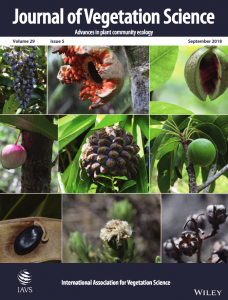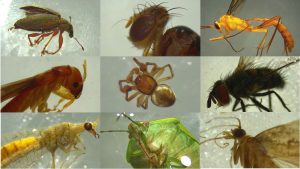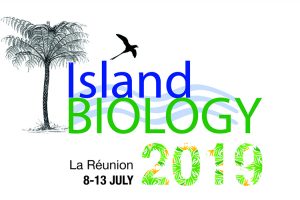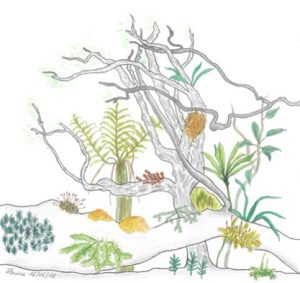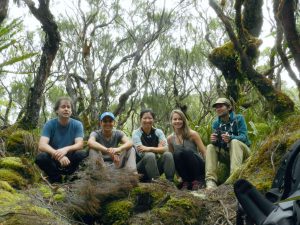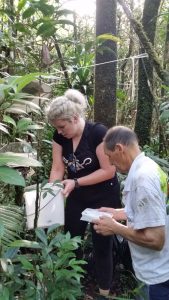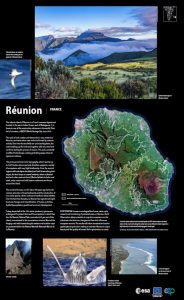L'UMR PVBMT recrute un CDD chargé(e) d'étude Biodiversité et Didactique pour le projet MIMUSOPS (Interreg 7.1).
durée : 8 mois temps plein
prise de fonction souhaitée 1er février 2019
| Missions :
L'IGE interviendra dans le cadre du projet FEDER INTERREG 7.1 (MIMUSOPS). Il ou elle sera chargé(e) de contribuer au projet en menant à bien les missions suivantes : 1) Réaliser les notes de concept à destination des étudiants sur les éléments clés de la biodiversité des Mascareignes : - endémisme - habitats - espèces invasives - espèces menacées 2) Organiser et encadrer les travaux de production de supports pédagogiques par les étudiants impliqués dans l'action 3) Mettre en relation les étudiants et les acteurs régionaux de la biodiversité lors des actions 1 et 2 du projet
2 - Fiche de poste - Chargé d'étude Biodiversité et Didactique |


